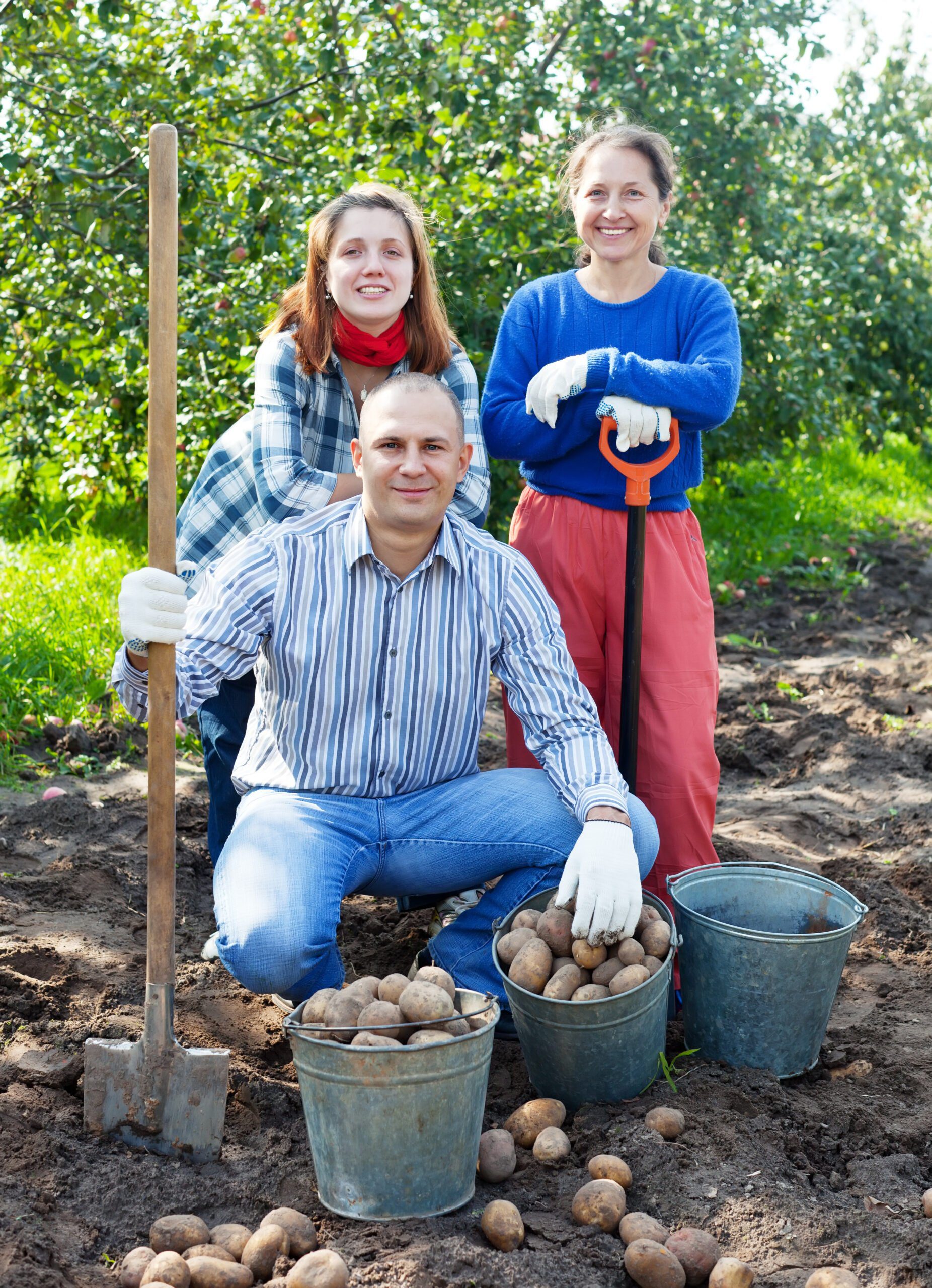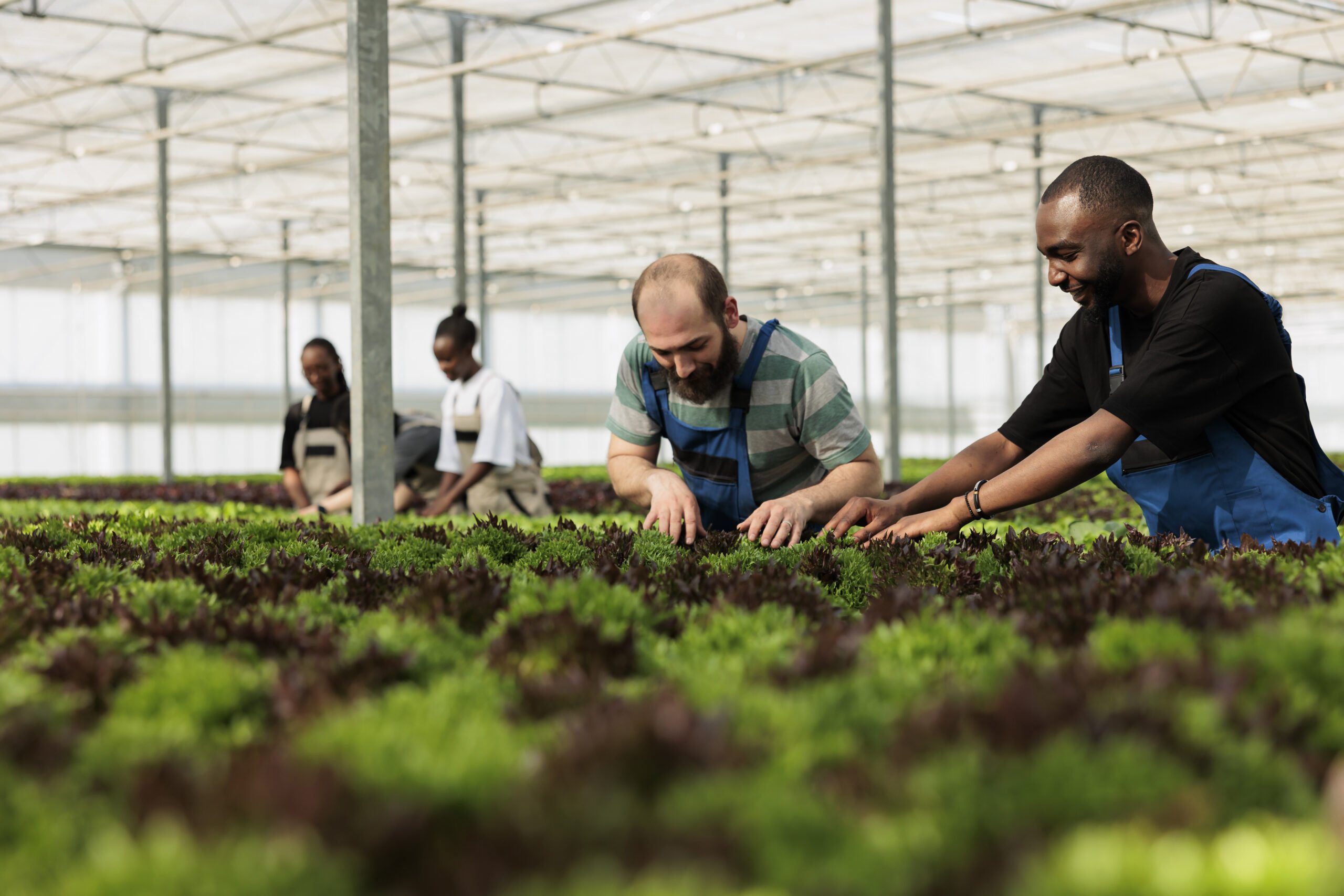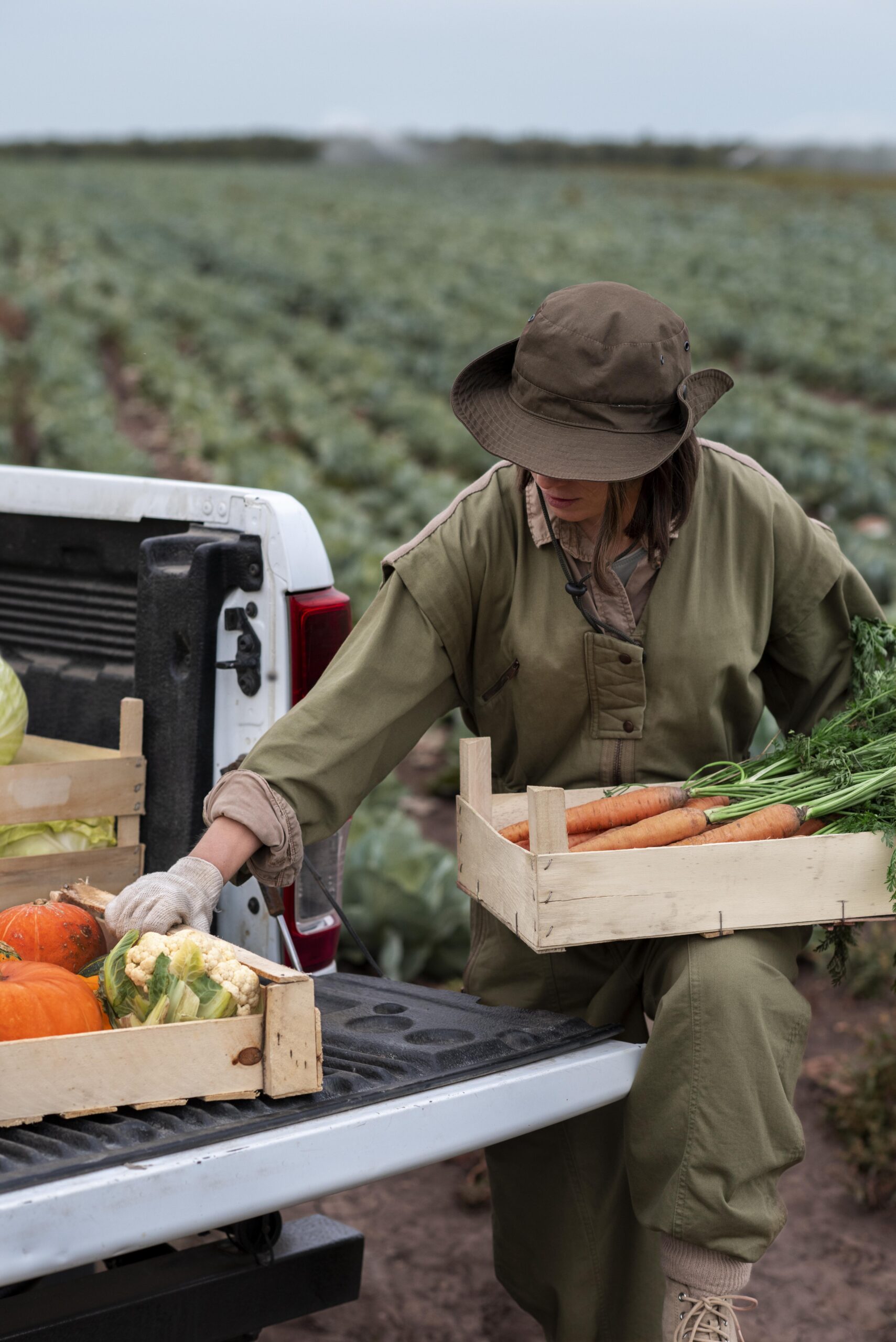Urban farming is no longer just a trendy buzzword; it has become a powerful catalyst for change within communities across the globe. Community urban farming goes beyond producing fresh, organic produce—it transforms lives in numerous dynamic ways. In this article, we will be talking about the six key ways community urban farming positively impacts individuals and society at large. From fostering stronger community bonds to promoting environmental sustainability, these transformative practices are revolutionizing the way we think about food production and its role in our lives.
Table of Contents
6 Dynamic Ways Community Urban Farming Transforms Lives

1. Empowering Individuals Through Hands-On Involvement
Community urban farming offers a unique opportunity for individuals to get their hands dirty and actively participate in the food production process. By engaging in activities such as planting, watering, and harvesting, people develop a deeper appreciation for where their food comes from. This hands-on involvement fosters a sense of empowerment and self-sufficiency, ultimately transforming lives through increased confidence and a newfound connection to nature. For example, individuals who participate in community urban farming may experience enhanced self-esteem and confidence as they witness their efforts leading to the growth of healthy plants and the production of fresh food. They gain a deeper understanding of sustainable practices, such as composting and water conservation, and apply these techniques in their own lives.
Benefits
- Enhanced self-esteem and confidence
- Increased understanding of sustainable practices
- Strengthened connection to nature
2. Cultivating Social Cohesion and Stronger Community Bonds

When community members come together to establish and maintain urban farms, it creates a shared space for collaboration and interaction. Urban farming serves as a meeting point where diverse individuals, regardless of age, background, or socioeconomic status, can unite around a common goal—providing fresh and healthy produce to the community. These shared experiences foster social cohesion, breaking down barriers, and building stronger community bonds that extend beyond the boundaries of the farm. For instance, urban farms may organize communal workdays where neighbors come together to plant, maintain, and harvest crops. These shared experiences break down barriers, foster cooperation, and create a sense of belonging and unity within the community.
Benefits:
- Promotes inclusivity and diversity
- Encourages cooperation and teamwork
- Strengthens community resilience
3. Enhancing Food Security and Promoting Accessibility to Fresh Produce

In many urban areas, access to fresh and affordable produce is limited, particularly in low-income neighborhoods commonly referred to as food deserts. Community urban farming addresses this issue head-on by bringing food production closer to these underserved communities. By cultivating fruits and vegetables locally, urban farms increase access to nutritious food options, improving food security and promoting healthier lifestyles for all community members. For example, community urban farming initiatives may establish small-scale farms in vacant lots or rooftop gardens, providing a local source of fresh fruits and vegetables.
These initiatives ensure that community members have reliable access to nutrient-rich produce, reducing their reliance on distant food sources. By bringing food production closer to underserved communities, community urban farming contributes to the overall well-being and vitality of individuals and fosters a more sustainable and equitable food system.
Benefits:
- Reduces reliance on distant food sources
- Provides affordable and fresh produce
- Combats food deserts and improves public health
4. Educating and Inspiring Future Generations

Community urban farming acts as a living classroom, providing invaluable opportunities for education and inspiration, especially for younger generations. Schools and educational institutions can integrate urban farming into their curricula, exposing students to sustainable agricultural practices and fostering environmental stewardship. This hands-on learning experience equips children with practical skills, igniting a passion for nature and healthy living that can shape their future choices. For instance, schools may have vegetable gardens where students learn about planting, nurturing, and harvesting crops. These hands-on experiences educate children about the importance of healthy eating, sustainable practices, and environmental awareness, inspiring them to become future advocates for sustainable agriculture.
Benefits:
- Encourages environmental awareness
- Promotes experiential learning
- Fosters future sustainability leaders
5. Enhancing Mental and Physical Well-Being

Engaging in community urban farming has a profound impact on the mental and physical well-being of individuals involved. Spending time outdoors, working with plants, and engaging in physical labor promotes physical fitness and overall health. Additionally, connecting with nature has been shown to reduce stress, anxiety, and depression, contributing to improved mental well-being and a higher quality of life. For example, individuals who actively participate in community urban farming may experience increased levels of physical fitness as they engage in activities like digging, planting, and carrying loads of soil. They also benefit from the therapeutic effects of spending time in nature, enjoying a sense of peace and calm.
Benefits:
- Boosts physical fitness and health
- Reduces stress and anxiety
- Enhances overall well-being
6. Promoting Environmental Sustainability and Resilience

Community urban farming plays a crucial role in promoting environmental sustainability and building resilient communities. By adopting organic farming practices, utilizing composting and rainwater harvesting techniques, and minimizing reliance on chemical fertilizers and pesticides, urban farms contribute to a cleaner and more sustainable environment. Moreover, these practices help mitigate the impact of climate change by reducing carbon emissions associated with long-distance food transportation. For instance, urban farms may incorporate permaculture principles, creating self-sustaining ecosystems that minimize waste and energy consumption. These practices help reduce environmental pollution, conserve resources, and mitigate the impact of climate change by reducing carbon emissions associated with long-distance food transportation.
Benefits:
- Reduces environmental pollution and waste
- Mitigates climate change impact
Conclusion:
Community urban farming is a powerful force that transcends mere food production. Its impact reaches deep into the lives of individuals and communities, transforming them in dynamic ways. By empowering individuals, cultivating stronger community bonds, improving food security, educating future generations, enhancing well-being, and promoting environmental sustainability, community urban farming offers a path to a more resilient and connected society. Embracing these transformative practices opens the door to a healthier, more sustainable future for all, where the benefits of urban farming extend far beyond the boundaries of the farm itself. Join the movement and witness firsthand the extraordinary ways community urban farming can change lives!
